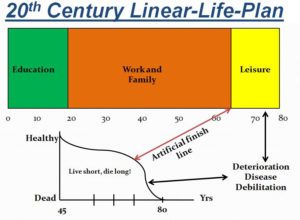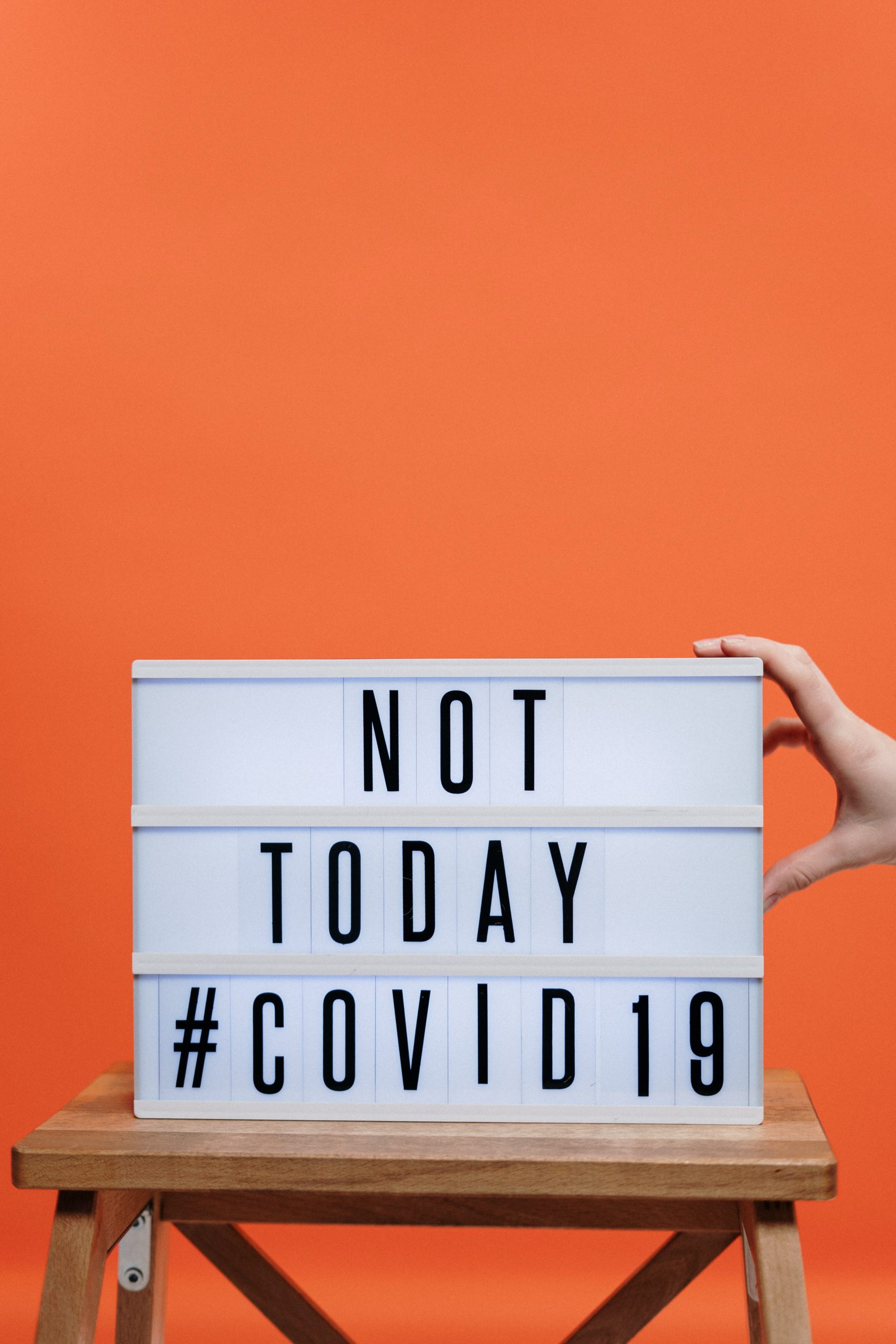How Would You Answer the Question: “What Does It Feel Like To Get Old?”

Someone asked me online recently how I felt about getting old. While I was tempted to launch into another of my characteristic snarky-style responses, I exercised uncharacteristic self-control and provided the following:
At 78, I guess I qualify for the “old” category.
Occasionally, there are days when I wish it weren’t so but I settled into being “the oldest in the room in most situations” some time ago.
I actually kind of relish it these days – to try to emulate what “old” doesn’t have to be i.e. the grumpy, immobile, smelly ol’ fart most people think of when they think of someone my age. Like this:
I strive to be the opposite – because I can.
Make getting old a game!
As I reflect on it, I realize I’ve turned it into sort of a “game” – a rather high-stakes game in some regards.
I know that I am going to “get” old. But that doesn’t mean that I have to “grow” old. I’ve learned that I have considerable control over the pace and the way that I age.
In my 50s, I began to realize that I was often being acknowledged as “younger than my age” because of my physical appearance and the types of activities that I was involved in. The appearance was assisted with a bit of genetics (full head of brown hair, even today) and a slender build but it was mostly about what I was doing to maintain that appearance.
When I came to my senses at age 37 and quit smoking (an 18 year trip of insanity), I became a “gym rat” and active exerciser, starting off doing long-distance running. In 1987, at age 45, I joined a new athletic club and got back into one of my favorite activities – basketball. But I also began to get active in the club’s weight room, doing aggressive free weight work in addition to the basketball.
I played basketball 5–6 days a week until age 63 when my left knee (and my ortho doc) said no more. For years, I was always the oldest player on the court.
Since I’m now not supposed to run or jump and should not have both feet off the ground at the same time, I’m relegated to an elliptical, treadmill, and upright bike.
Boring? Big time!!
My strength-training continues. Boring also.
That’s why I make it a game. Because I realize the stakes if I choose not to play the game.
For decades now, I have held to an exercise regimen of six days of 45–60 minutes of aerobic each week and 3 days of 30–40 minutes of strength-training, still mostly free-weights.
It’s built into my lifestyle and the driver is the realization that not much else matters if I don’t feel well.
The other parts of the “game” are a largely plant-based diet and being a constant learner.
Are beans, carrots, and almonds boring? Yes – but then so is six months recovering from a triple bypass.
I try to learn something new every day and have read over 700 books over the last 15 years.
I have no illusions about the possibility that something can come along and take me out in a heartbeat. But I’m learning that carrying regrets from the past and fears of the future are horrible use of the imagination and I’m getting better every day at “seizing the day” and living in the moment. Because it’s all I’ve got. I think that attitude is affecting how I age.
It sounds nutty, but I’ve set the mental goal of living to 112 1/2. I set that at age 75 because I wanted to have 1/3 of my life left to make up for what I didn’t get done in the first 2/3.
Candidly, that will happen when you can buy snowcones in hell.
But I feel that setting the target will allow me to come a lot closer to the century mark than if I simply accept that I will live to the average American lifespan – which is 78.9 for men which means that I will be out of here around Christmas.
All this is to say that, with regard to age, I choose to be a total outlier. I ache mentally when I see people I know that are my age or younger that are stooped, arthritic, in pain, suffering from chronic debilitating diseases as a result of previous and ongoing bad lifestyle decisions.
With regard to aging, I subscribe to Gandhi’s famous saying (paraphrased): “Be the change you want to see in others.”
I’ve learned that I can’t talk people into doing what is right for their health or successful aging. They are going to do what they are going to do – and as a culture, we face tremendous challenges in preserving and extending our good health and longevity. A broken “cure-based” healthcare system, food industry that doesn’t give a rip about our health, and a general cultural attitude oriented toward seeking comfort and instant gratification all take way too many of us to premature aging, extended morbidity, and early frailty.
I just choose to not be part of it – and hopefully, change a lifestyle or two with my example.
Here are a few previous articles that provide a perspective on the above.
The last point I want to make about my aging is that I’ve reached a stage where I can’t wait to get up in the morning and do what I do (here’s a link to my LinkedIn profile which will provide you a quick view of what I do). This only came after a long period of self-discovery through my 60s where I finally acknowledged what I was really wired up to do but that I had avoided with my 35-year investment in the corporate world.
With this deep self-discovery, I have more energy and drive than at any other stage of my life. It’s one of the reasons that I am not an advocate of traditional retirement as we know it in the U.S. because it takes us in the wrong direction relative to how our natural biology works. Meaningful, purposeful work mixed with leisure and continued learning is a magic combination that takes my mind off my age and, I believe, will bode well for me getting closer to that 112 1/2 than most people believe I can.
So, all that said, the bottom line is that I feel good in this aging game that I’m playing and having the time of my life. And hoping to bring some others with me.
How would you answer the question? I’m really curious – share your thoughts with a comment below or email me your thoughts at gary@makeagingwork.com.



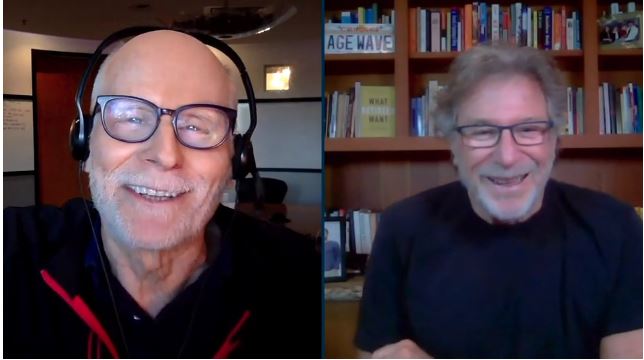


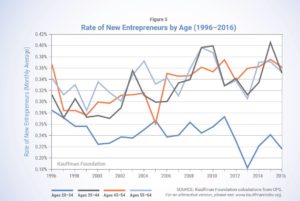
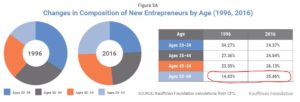


 Yours truly was stupid – for the better part of 55 years.
Yours truly was stupid – for the better part of 55 years.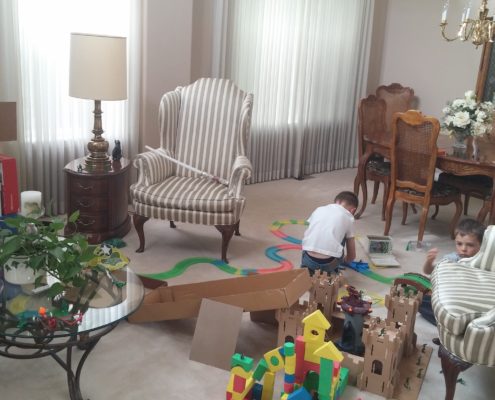
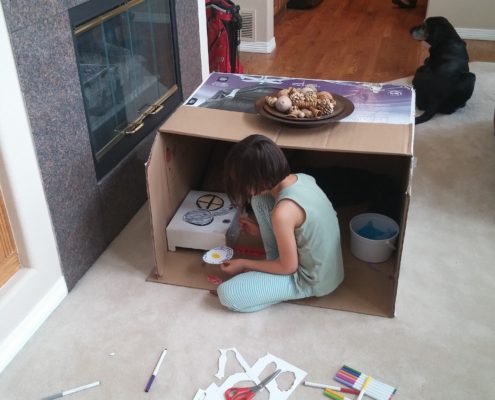



 Now, we’re getting somewhere. My recall of me at that age isn’t much better, but I guarantee I wasn’t #2. Nor were you. There was some level of “out-of-control” in your life and mine at that age. That’s our start-up wiring. Perhaps like you, I’ve watched it through my kids and, now, my grandkids.
Now, we’re getting somewhere. My recall of me at that age isn’t much better, but I guarantee I wasn’t #2. Nor were you. There was some level of “out-of-control” in your life and mine at that age. That’s our start-up wiring. Perhaps like you, I’ve watched it through my kids and, now, my grandkids. “For Type X’s, the main motivator is external rewards; any deeper satisfaction is welcome, but secondary. For Type 1’s, the main motivator is the freedom, challenge, and purpose of the undertaking itself; any other gains are welcome, but mainly as a bonus.”
“For Type X’s, the main motivator is external rewards; any deeper satisfaction is welcome, but secondary. For Type 1’s, the main motivator is the freedom, challenge, and purpose of the undertaking itself; any other gains are welcome, but mainly as a bonus.”














 Nothing new here – for three years, I’ve been part of the growing crowd that is exposing traditional retirement for what it really is – a trojan horse with few upsides and a plethora of downsides.
Nothing new here – for three years, I’ve been part of the growing crowd that is exposing traditional retirement for what it really is – a trojan horse with few upsides and a plethora of downsides.